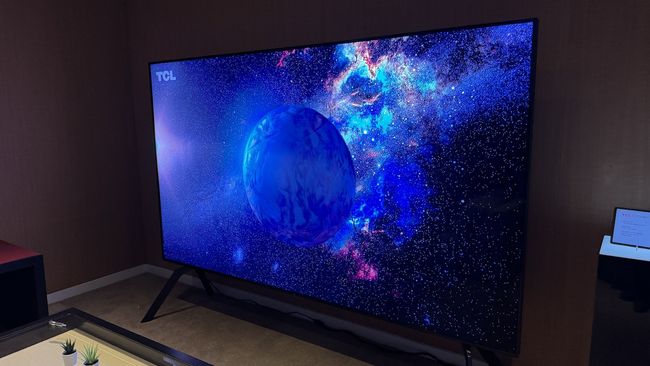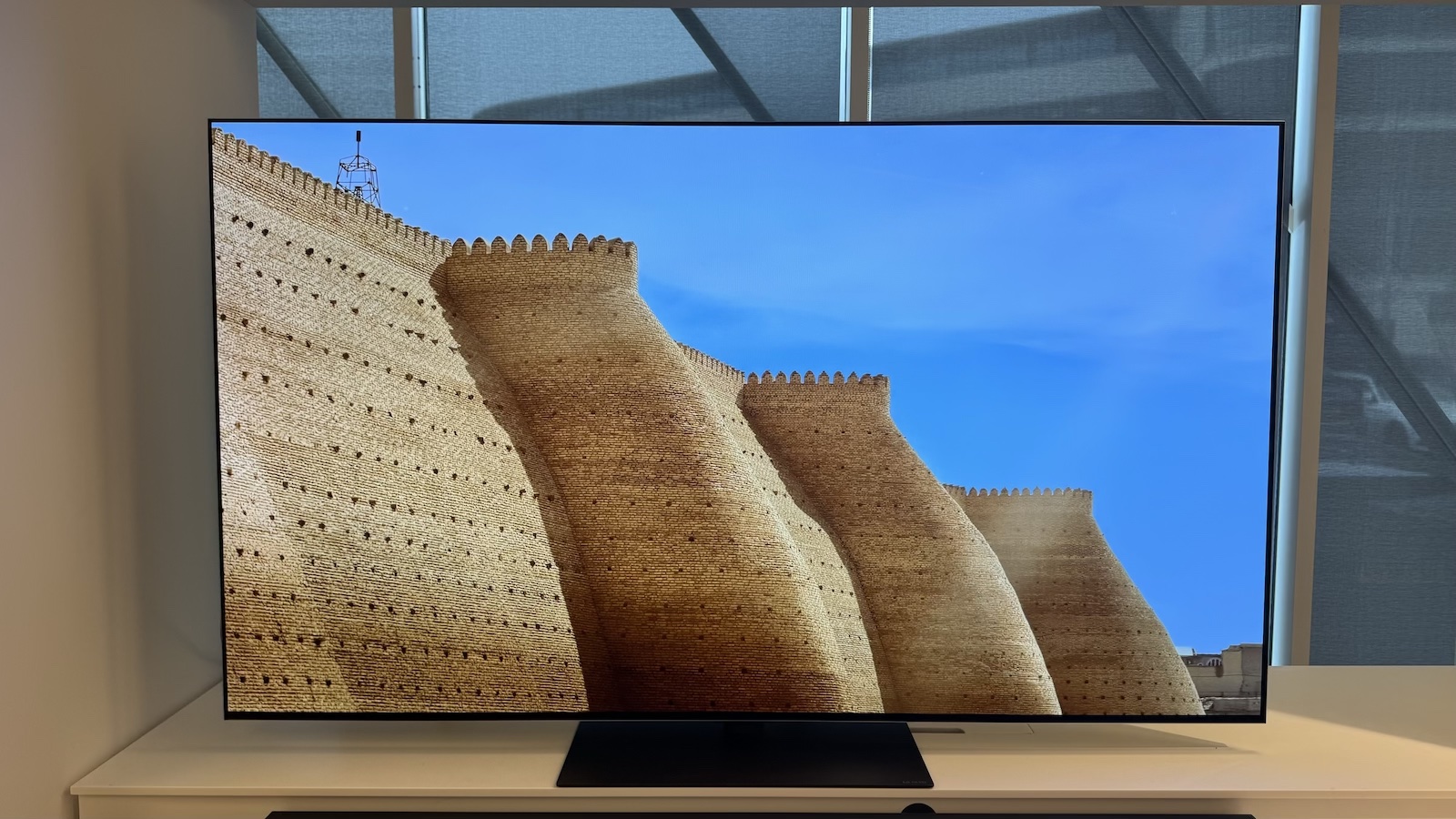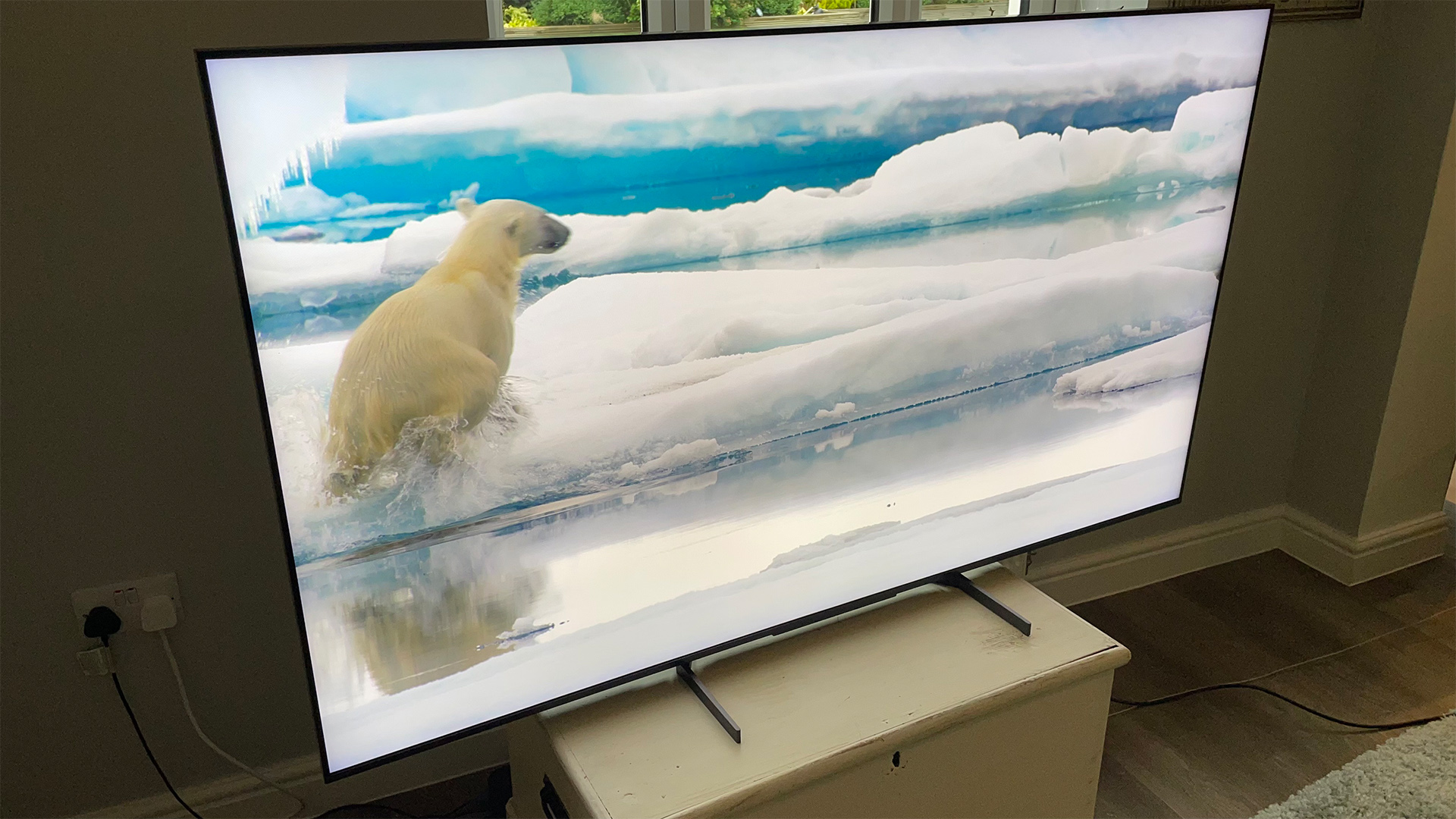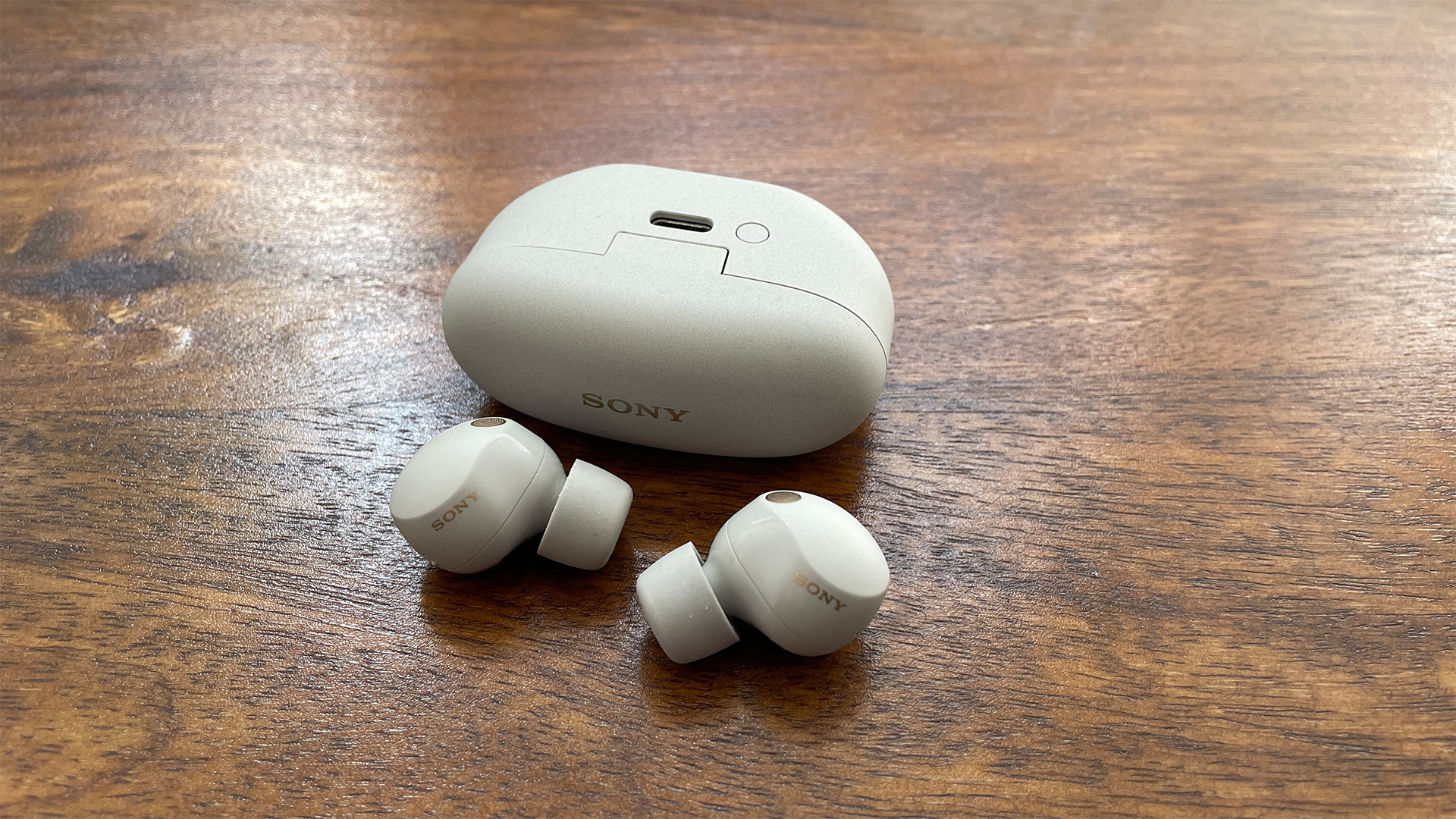Mini LED vs OLED: which TV screen technology is better?
Top TV tech goes toe to toe

The world of TVs can be a confusing place. OLED, QLED, LED, LCD, Mini LED, MicroLED... the list goes on. We're here to demystify these terms, and explain what they actually mean for you, the viewer.
This time it's the turn of OLED and Mini LED. We'll explain both screen technologies and see how they compare so that when it comes time to buy a new TV, you'll know which is best for you.
What is OLED?

OLED is one of the most common types of TV screen available. It stands for Organic Light-Emitting Diode, and works by passing a current through a carbon-based film to generate light.
The main advantage of OLED over older TV panel technologies is the ability to emit light on a pixel-by-pixel basis. In other words, the TV can light up individual pixels. Not only does this give it precision control over which parts of the picture light up, with none of the 'backlight bleeding' common to LCD TVs, it also creates absolute blacks (instead of the washed-out greys of older panel technologies). That's because specific pixels can be turned off entirely. This creates incredible contrast (the difference between the light and dark parts of the picture), which lends the image more depth.
However, OLED TVs haven't traditionally been able to go as bright as the best LCD TVs, which use a backlight. Though recently companies have spent a great deal of effort – and money – to make their OLED TVs brighter through new technologies such as MLA and QD-OLED.
All major TV companies produce OLED models. Some of the most impressive of recent years include the LG G4, Sony A95L and Samsung S95D at the high end, and LG C4, Sony A80L and Samsung S90D in the mid-market.
What is Mini LED?

Mini LED is a different proposition altogether. Unlike OLED, it uses a backlight, but instead of the LEDs used in traditional LCD TVs, it uses miniature LEDs that are much smaller – they're about one-fortieth of the size, in fact, making each about the same size as a piece of glitter.
The latest hi-fi, home cinema and tech news, reviews, buying advice and deals, direct to your inbox.
Because they're smaller, you can fit more LEDs into each TV – about 10 times more, so thousands rather than hundreds as with standard LEDs. That means more dimming zones, and greater precision over which parts of the picture light up and to what extent.
All that results in better contrast and, thanks to the more complex array of simultaneous lighting levels, more precise shading, which combine to create more realistic colours and a greater sense of depth within the image.
All this backlighting can be used to produce Mini LED TVs that go brighter than most OLEDs. Mini LED black levels aren't as absolute as those of OLED TVs because their LED backlights don't control each pixel individually, but some models are capable of producing very deep blacks in their own right.
Most TV makers have at least one Mini LED model now. Hisense will this year launch its 110-inch 10UX model with a peak brightness of 10,000 nits – that's five times as bright as a cutting-edge OLED TV, and twice as bright as TCL's 98-inch X955. Sony's X95L, and Samsung's QN90B and QN95C all earned five-star reviews, while LG's 8K QNED99T certainly looks promising.
Sony also has new Mini LED tech up its sleeve – we were treated to a first look at it at the end of 2023. It claims this combines the superb contrast control it has already shown on its other backlit models with way more local dimming zones than previously. The results are certainly impressive – you can read TV and AV Editor Tom Parsons' first impressions here.
Our prediction is that Sony will implement this tech at the upper end of its 2024 TV range, which will be announced later in the year. And with a backlit model likely to be the flagship, the decision of whether to go for OLED or Mini LED just became that bit harder...
Mini LED vs OLED: verdict
OLED and Mini LED both have their strengths and weaknesses. OLED has better black levels and more precise lighting control, but at its best, Mini LED produces a brighter picture. OLED boasts pretty much perfect viewing angles, so you get a great experience wherever you sit, while with Mini LED, viewing angles are always improving, but never perfect, and they vary quite widely by manufacturer and model.
Both OLED and Mini LED are premium TV technologies, and – when well implemented – create fantastically cinematic pictures. Which is best isn't clear cut, as demonstrated by recent industry happenings. Sony's apparent decision to equip its flagship 2024 TV with Mini LED tech is the opposite approach to fellow TV giant Samsung, who, after years of backing backlit TVs, recently launched its own range of OLEDs.
Ultimately, a TV's overall performance is dictated by much more than just its panel technology, so we encourage you to research specific models rather than restrict yourself to one tech or another (our round-up of the best TVs will help here). That said, those who regularly watch TV in a very bright room might want to focus their search on Mini LED models as they will likely punch through ambient light more effectively, while those who appreciate perfect blacks and pin-point contrast control will probably lean towards OLED.
MORE:
QLED vs OLED: which is the best TV technology?
QNED vs OLED: what's the difference?
2024 could be the year of insanely bright Mini LED TVs and I have a concern
Joe has been writing about tech for 20 years, first on staff at T3 magazine, then in a freelance capacity for Stuff, The Sunday Times Travel Magazine (now defunct), Men's Health, GQ, The Mirror, Trusted Reviews, TechRadar and many more. His specialities include all things mobile, headphones and speakers that he can't justifying spending money on.

